The Mourners Kaddish is a sacred Jewish prayer recited during periods of mourning, emphasizing praise of God and communal support. Its recitation provides solace and connection to tradition.
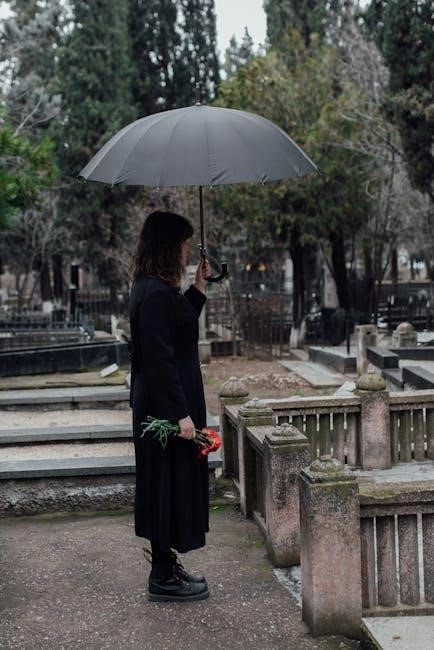
Overview of the Mourners Kaddish
The Mourners Kaddish is a traditional Jewish prayer recited by those in mourning, primarily to honor the deceased and seek spiritual comfort; It is typically recited during the periods of Shiva (seven days of mourning), Sheloshim (30 days), and for 11 months following the passing of a parent. The prayer is written in Aramaic and is led by the mourners themselves, who stand during its recitation. It is customary for the Kaddish to be said in the presence of a minyan (a quorum of ten adult Jews) to emphasize community support. The Mourners Kaddish does not directly mention death or mourning but instead focuses on praising God and reaffirming faith. This practice strengthens the connection between the mourner, the deceased, and the divine, providing solace and a sense of continuity.
Importance of the Mourners Kaddish in Jewish Tradition
The Mourners Kaddish holds profound significance in Jewish tradition as a means of honoring the deceased and providing comfort to the bereaved. It serves as a structured way for mourners to express grief while reaffirming their faith and connection to the community. The recitation of Kaddish is seen as a merit for the deceased’s soul, aiding its spiritual elevation. By reciting this prayer, mourners fulfill a sacred obligation, demonstrating respect for their loved one and adhering to Jewish customs. The Kaddish also provides a sense of purpose and solace during the grieving process, reminding mourners they are not alone in their sorrow. Its communal nature emphasizes the importance of collective support and shared faith, making it a cornerstone of Jewish mourning practices.
History and Origins of the Mourners Kaddish
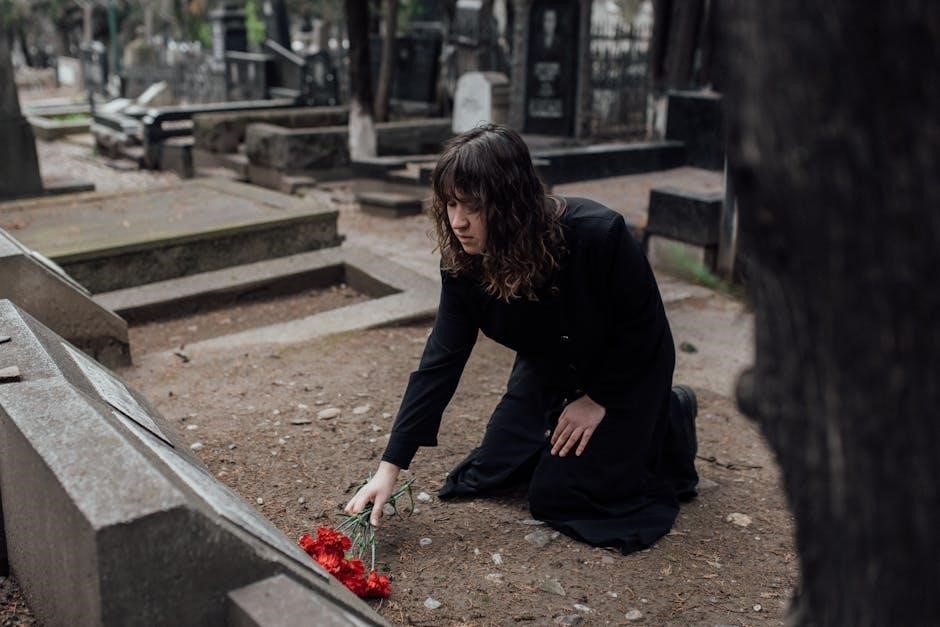
The Mourners Kaddish traces its origins to early Jewish liturgical practices, evolving over centuries. It became closely associated with mourning by the 13th century, particularly during the Crusades.
Early Beginnings and Development
The Mourners Kaddish, rooted in ancient Jewish liturgical traditions, began to take shape around the 6th century. Initially, it served to separate sections of prayer services rather than being specifically tied to mourning. Over time, its role evolved, particularly during the 13th century when it became closely associated with loss and mourning, especially during the Crusades. This transformation marked its transition into a prayer for mourners.
The Kaddish gained prominence as a vehicle for honoring the deceased and seeking spiritual comfort. Its recitation provided a structured way for mourners to express grief while reaffirming faith. This evolution solidified its place in Jewish mourning rituals, offering solace through communal prayer and a connection to tradition.
Evolution of the Kaddish Prayer Over Time
The Kaddish prayer has undergone significant evolution since its origins in the 6th century. Initially, it served as a liturgical separator in synagogue services, not specifically tied to mourning. By the 13th century, during the Crusades, it became deeply associated with loss and mourning, reflecting the communities’ collective grief.
Over time, the Kaddish adapted to Jewish communities’ needs, with variations emerging in Ashkenazi and Sephardi traditions. Its role expanded to comfort mourners and honor the deceased, emphasizing theological themes like divine praise and the hope for spiritual elevation. This evolution solidified the Kaddish as a cornerstone of Jewish mourning practices, blending communal support with personal expression of faith.
Meaning and Significance of the Mourners Kaddish
The Mourners Kaddish is a prayer of praise and comfort, helping mourners express grief while affirming faith. It provides solace and honors the deceased, fostering a sense of community and spiritual connection.
Theological and Emotional Role in Mourning
The Mourners Kaddish serves as a profound theological and emotional anchor during bereavement. It expresses praise for God, reinforcing faith amidst grief, and acknowledges the divine presence in all situations. Recited in Aramaic, the prayer emphasizes the sanctification of God’s name and the ultimate redemption of Israel. Emotionally, it provides mourners with a structured way to process loss, offering comfort through communal recitation. The prayer’s focus on divine praise rather than death allows mourners to transcend personal sorrow, connecting them to a larger spiritual community. By reciting Kaddish, mourners honor the deceased while finding solace in tradition and the belief that their words elevate the departed soul. This practice bridges grief with hope, fostering healing and resilience.
Connection to the Deceased and Spiritual Comfort
The Mourners Kaddish fosters a deep connection to the deceased, offering spiritual comfort to those grieving. It is believed that reciting Kaddish elevates the soul of the departed, aiding their journey in the afterlife. This prayer is a way for mourners to honor their loved ones, ensuring their memory lives on. The act of reciting Kaddish in a community setting provides emotional support, reminding mourners they are not alone in their sorrow. Customs like lighting a candle during shiva and studying Mishnayos further strengthen this bond, creating a sense of continuity and comfort. Through these practices, mourners find solace in tradition, knowing their actions bring merit to the deceased while comforting their own hearts.

Structure and Text of the Mourners Kaddish
The Mourners Kaddish is an Aramaic prayer with a structured text, recited during synagogue services, emphasizing the praise and sanctification of God’s name, following a specific liturgical pattern.
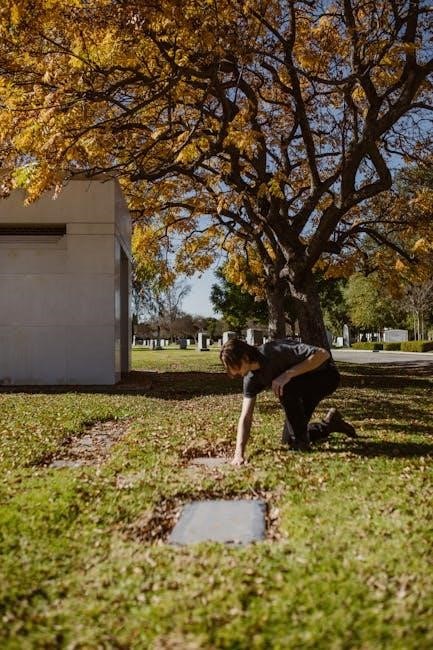
Analysis of the Aramaic Text

The Mourners Kaddish is composed in Aramaic, a language once common among Jews, and its text is both concise and deeply symbolic. The prayer begins with the phrase Yitgadal v’yitkadash sh’mei raba (“May His great name grow exalted and sanctified”), establishing its central theme of praising God. The text continues with a series of blessings and affirmations, emphasizing God’s sovereignty and the hope for His kingdom to be established. Notably, the Kaddish does not directly mention death or mourning but instead focuses on divine praise and comfort. Its structure includes repetitive refrains, creating a rhythmic and communal experience. The Aramaic language adds a layer of timelessness, connecting mourners to generations past. Despite its brevity, the text carries profound theological and emotional weight, balancing grief with faith and resilience.
Variations in Recitation Across Jewish Communities
Variations in Recitation Across Jewish Communities
The recitation of the Mourners Kaddish varies slightly across Jewish communities, reflecting diverse traditions. In Orthodox synagogues, only mourners typically stand during the Kaddish, while in other communities, everyone rises. Ashkenazi and Sephardi traditions differ in how the prayer is chanted. Ashkenazi communities often have one mourner lead, while Sephardic communities may have all mourners recite it together. Some congregations include additional verses or melodies, influenced by local customs. Despite these variations, the core Aramaic text remains consistent, ensuring unity in its purpose. These differences highlight the dynamic nature of Jewish practice, blending tradition with communal identity. The shared goal remains to honor the deceased and provide comfort to the bereaved through collective prayer.
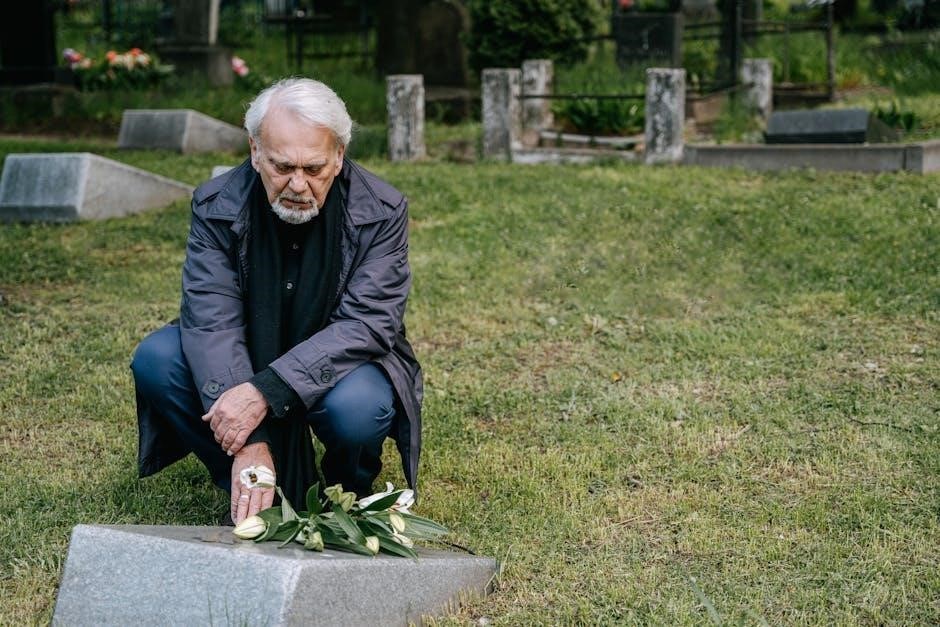
Customs and Practices Surrounding the Mourners Kaddish
Mourners traditionally recite Kaddish during Shiva, Sheloshim, and Yartzeit. A minyan (ten adults) is required, and many observe customs like learning Mishnayos to honor the deceased.
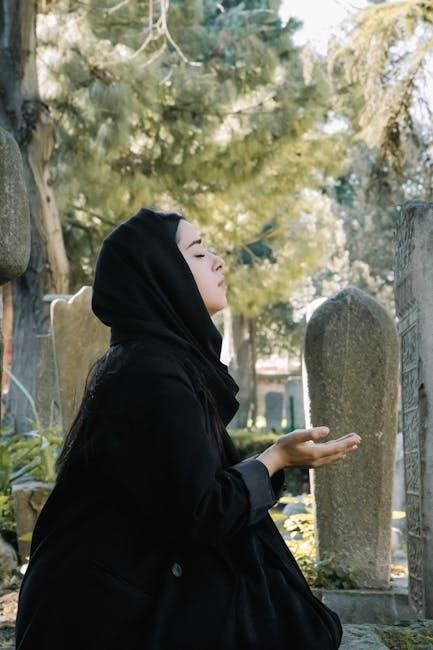
When and How to Recite the Kaddish
The Mourners Kaddish is recited during Shiva (seven days of mourning), Sheloshim (30 days), and for 11 months after a parent’s passing. It is traditionally recited during morning and evening prayer services, requiring a minyan (10 adults). Mourners stand during its recitation, though customs vary: in Ashkenazi synagogues, one mourner often leads, while in Sephardi synagogues, all mourners chant together. The prayer is also recited at funeral services and on Yartzeit (anniversary of passing). Its recitation provides comfort and honors the deceased, emphasizing communal support and spiritual connection. Proper pronunciation and understanding of the Aramaic text are encouraged for meaningful recitation. This practice reflects the Jewish community’s solidarity with those in mourning.
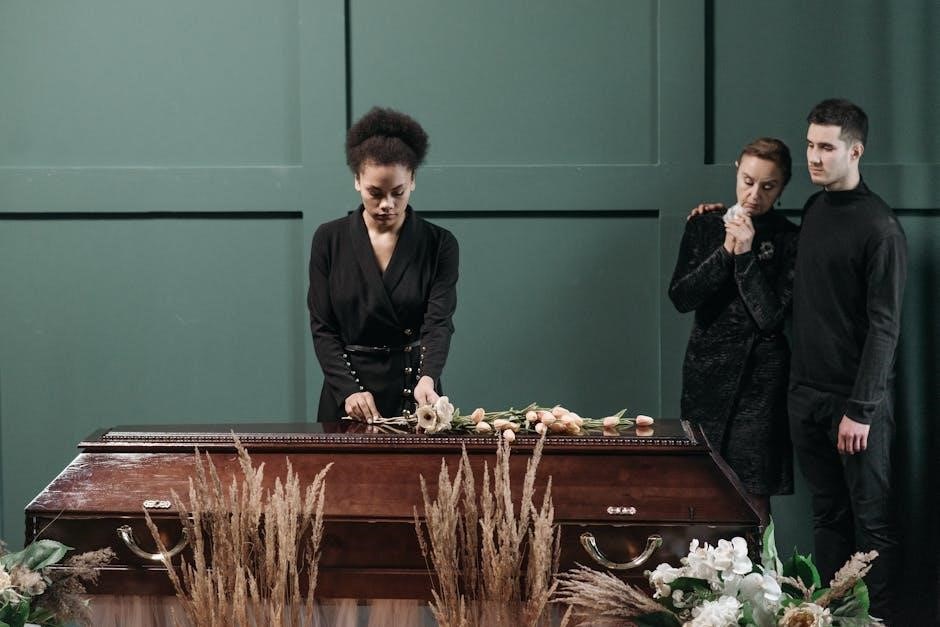
Role of Mourners and the Community in Recitation
The Mourners Kaddish is a collective act of faith and solidarity, with mourners and the community sharing the responsibility of its recitation. Mourners are obligated to recite the Kaddish in the presence of a minyan (10 adults), emphasizing the importance of communal support. The community ensures that a quorum is present, enabling mourners to fulfill this sacred obligation. This shared practice strengthens emotional and spiritual bonds, as the community stands together with those in grief. The collective recitation in synagogue services fosters a sense of unity, providing comfort to mourners during their time of loss. This tradition underscores the Jewish value of mutual responsibility and the enduring connection between the living and the deceased.